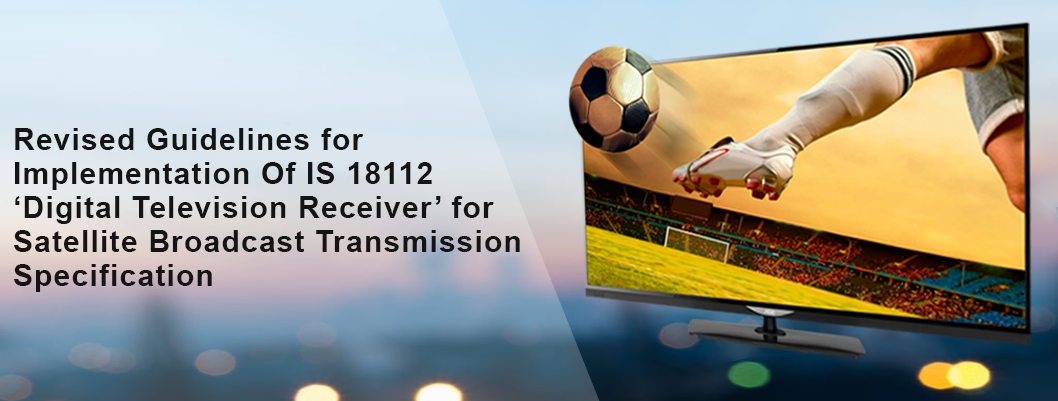Our Popular Services

ISI Certificate for Foreign Manufacturer
India’s rapidly developing economy enables foreign manufacturers to align with top global standards.
View Services →
ISI Certification for Domestic Manufacturers
ISI certification ensures quality and safety for products sold in the Indian market.
View Services →
BIS Certificate for Hallmarking
India’s rapidly developing economy enables foreign manufacturers to align with top global standards.
View Services →
BIS Scheme X Certification
Scheme X Certification is a conformity assessment system established by the Bureau of Indian Standards (BIS).
View Services →
BIS Certification CRS Registration
WPC approval is required for wireless products to operate legally within India.
View Services →
Wireless Planning & Coordination (WPC)
WPC approval is required for wireless products to operate legally within India.
View Services →
Telecommunication Engineering Centre (TEC)
The Mandatory Testing and Certification of Telecom Equipment (MTCTE)
View Services →
Bureau of Energy Efficiency (BEE)
The BEE (Bureau of Energy Efficiency) Certification is primarily related to the energy efficiency and conservation
View Services →
Legal Metrology Certification (LMPC)
Legal Metrology Packaged Commodities (LMPC) refers to the regulatory framework that ensures accuracy and fairness
View Services →
EPR Registration (Electronic Waste)
Electronic waste, commonly called e-waste, refers to discarded electrical and electronic gadgets that have reached the end of their usability.
View Services →
EPR Registration (Plastic Waste)
EPR Plastic Waste Management (PWM) refers to the systematic process of handling, recycling, and reducing
View Services →
EPR Registration (Battery Waste)
EPR (Extended Producer Responsibility) Battery Waste Management is a compliance framework under
View Services →
FSSAI Certificate
The Food Safety and Standards Authority of India (FSSAI) is a regulatory body under the Ministry of Health & Family Welfare
View Services →
CDSCO Approval
The CDSCO is the national regulatory body for drugs, medical devices, cosmetics, and clinical trials in India.
View Services →
ISO Certification
The International Organization for Standardization, commonly known as ISO, derives its name from the Greek word
View Services →

